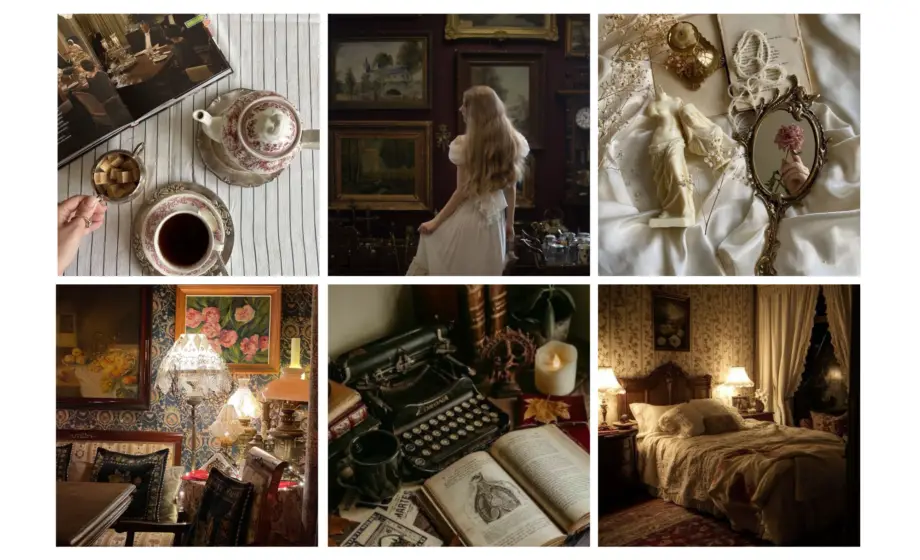When it comes to buying vintage furniture, understanding how to assess quality and authenticity is crucial. Vintage pieces can add character and style to your home, but not all furniture labeled as “vintage” meets the mark. Knowing what to look for will help ensure that you make a smart investment rather than a costly mistake.
You should begin by researching various eras and styles to identify what resonates with you. Look for reputable dealers or shops that specialize in vintage items, as they often provide valuable information about the pieces they sell. Pay attention to the materials and craftsmanship, as these factors greatly influence both longevity and value.
As you navigate the world of vintage furniture, remember that patience is key. Finding the perfect piece may take time, but the right choice will enhance your space and tell a unique story.
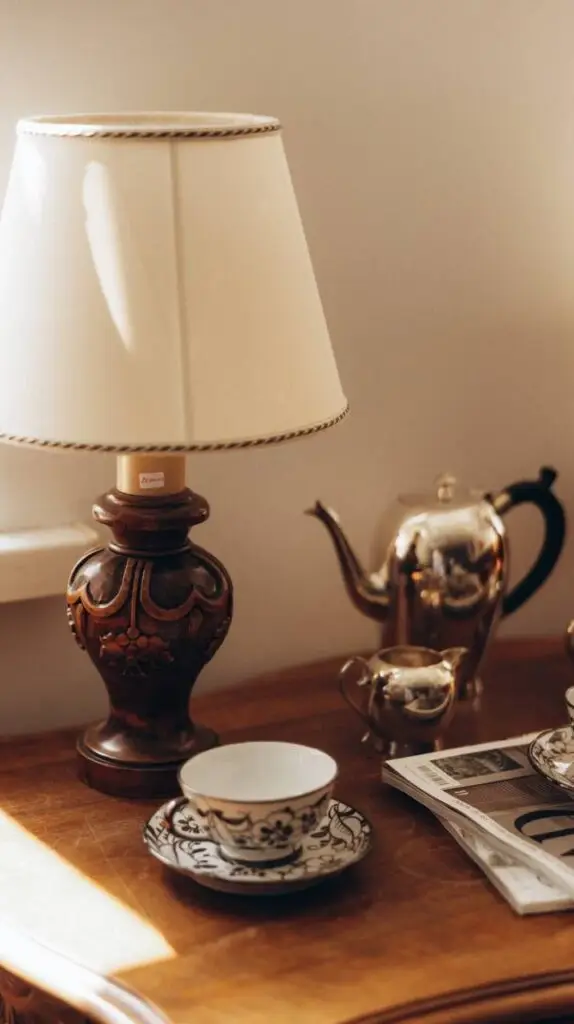
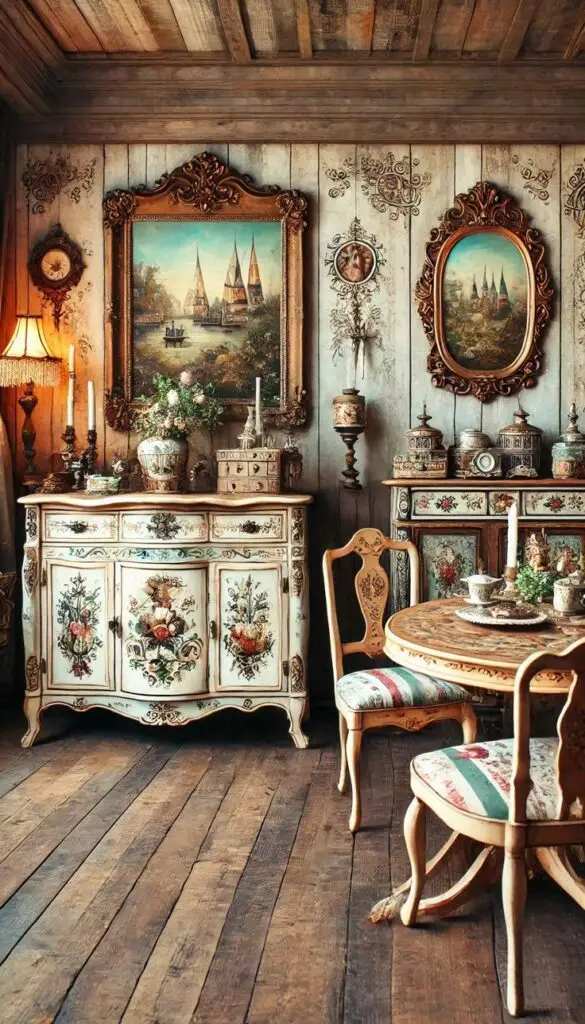
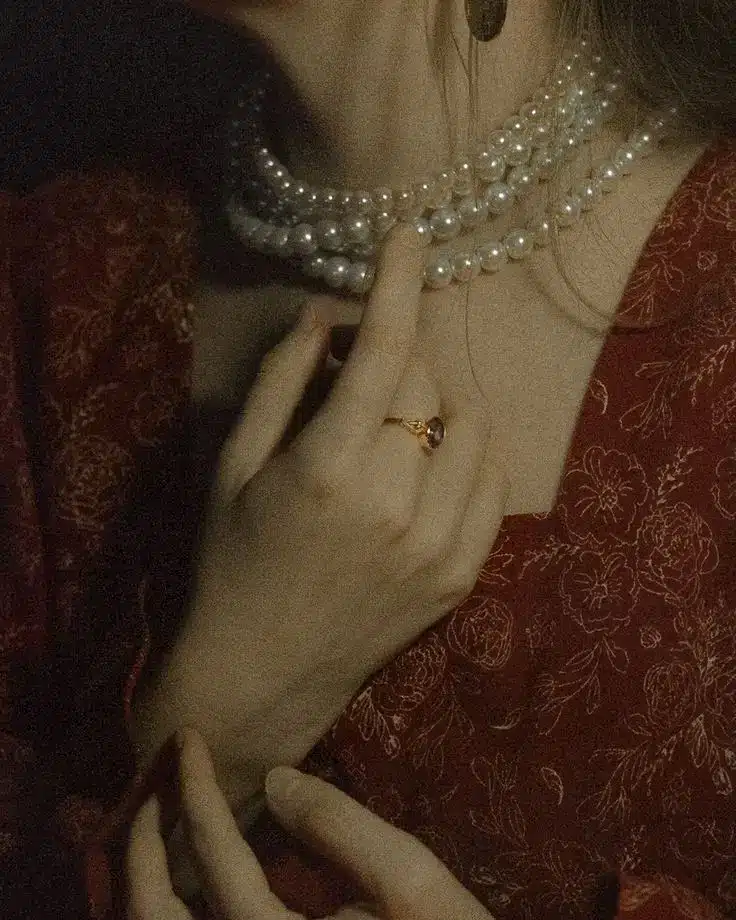
Key Takeaways
- Quality craftsmanship and materials are vital in vintage furniture.
- Knowledge of different styles aids in making informed choices.
- Consider reputable sources for purchasing vintage pieces.
Understanding Vintage Furniture
When buying vintage furniture, it is essential to grasp its unique characteristics. This includes recognizing its definition, appreciating its quality craftsmanship, and understanding the importance of provenance.
The Definition of Vintage
Vintage furniture typically refers to pieces that are at least 20 to 100 years old. These items showcase a particular style and craftsmanship representative of their time period. Unlike antique furniture, which is over 100 years old, vintage pieces often capture the essence of modern design trends.
The age of vintage furniture does not only determine its classification. The materials used, such as solid wood, and the techniques employed in its construction contribute significantly to its charm. Vintage items may feature a well-developed patina, adding to their character and appeal.
Character and Craftsmanship
A crucial aspect of vintage furniture is its character and unique craftsmanship. Each piece often tells a story through its design, embellishments, and the quality of materials used. Quality craftsmanship is evident in items crafted from solid wood, where each joint and curve highlights the maker’s attention to detail.
Unlike mass-produced pieces, vintage furniture reflects individuality and artistry. The imperfections and distinctive elements like carvings or inlays enhance the item’s allure. Such features are often missing in more modern furniture, making vintage options desirable for those seeking uniqueness in their interiors.
The Importance of Provenance
Provenance plays a key role when evaluating vintage furniture. This refers to the history and origin of a piece, including its previous ownership and any notable qualities. Understanding provenance can elevate a piece’s value and significance.
Documentation can enhance your awareness of a piece’s backstory. Researching a brand, maker, or style can lead to discoveries that validate its authenticity. A well-documented piece may also have a greater resale value, attracting collectors and enthusiasts alike. Provenance not only adds depth to your purchase but also helps you make informed decisions in the vintage market.
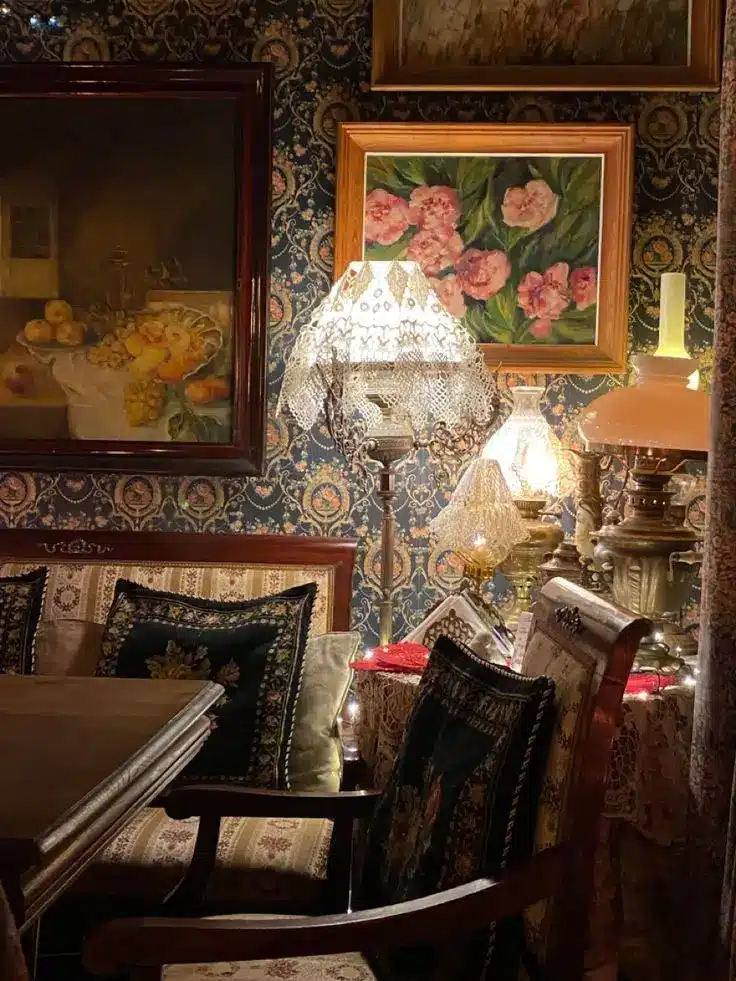
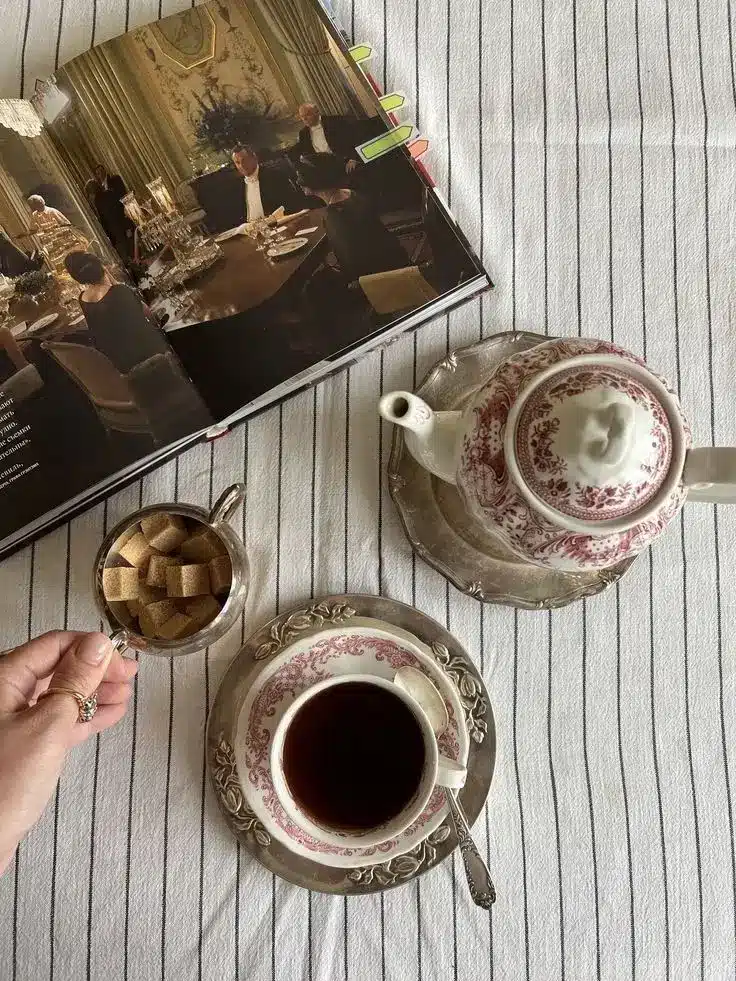
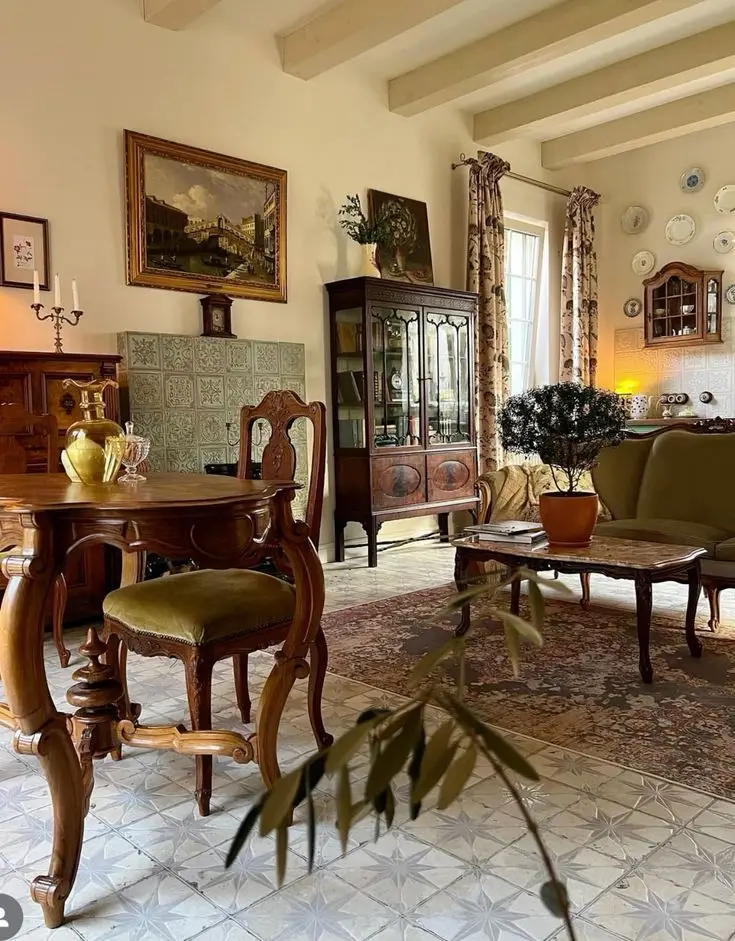
Where to Find Vintage Pieces
Finding vintage furniture requires a strategic approach. You can explore both online platforms and local venues, each offering unique opportunities for discovering distinctive pieces.
Exploring Online Marketplaces
Online marketplaces provide a vast selection of vintage finds. Websites like eBay, Etsy, and Chairish feature listings from various sellers, showcasing items from different eras.
Facebook Marketplace and Craigslist are excellent for local options, allowing you to negotiate prices directly with sellers. Make sure to set filters based on your preferred styles and budgets.
Instagram is also a growing resource where vintage shops share their inventory. Follow relevant hashtags to stay updated on new arrivals. Finally, consider high-end platforms like 1stdibs, which focus on curated vintage furniture for collectors.
Shopping at Local Venues
Local venues such as thrift stores, antique shops, and vintage stores can yield unexpected treasures. Flea markets often feature vendors with unique collections, making the hunt both entertaining and rewarding.
Estate sales and auctions can also lead to significant finds. These events often offer rare pieces at competitive prices. Check local listings to discover timing and locations.
Form connections with shop owners and market vendors. They can provide insights into upcoming sales and exclusive pieces. Frequent visits can increase your chances of landing a hidden gem.
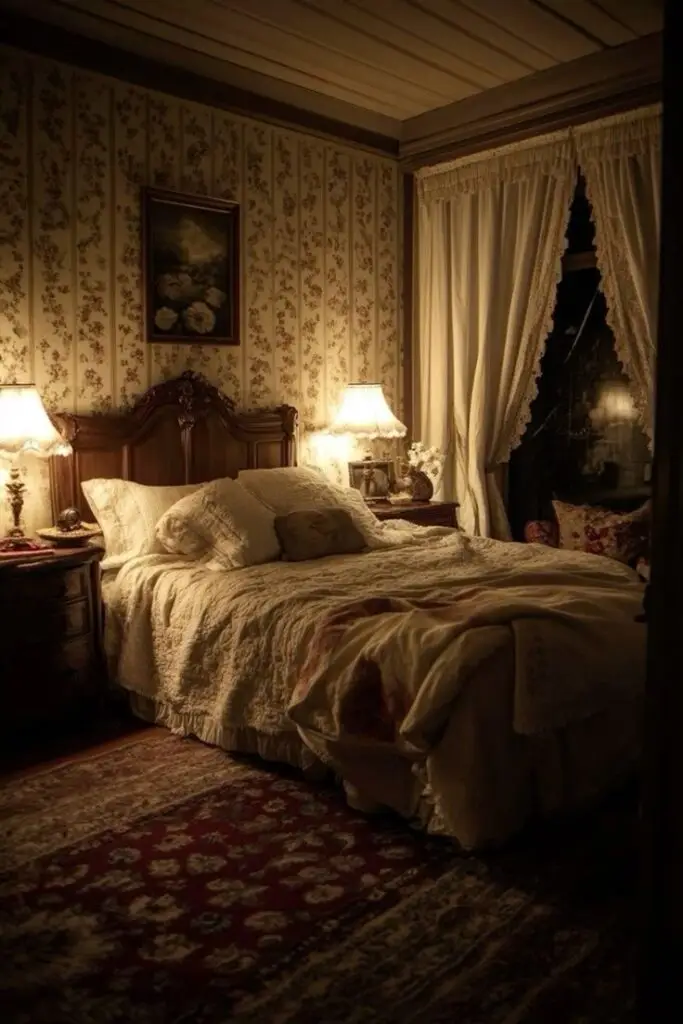

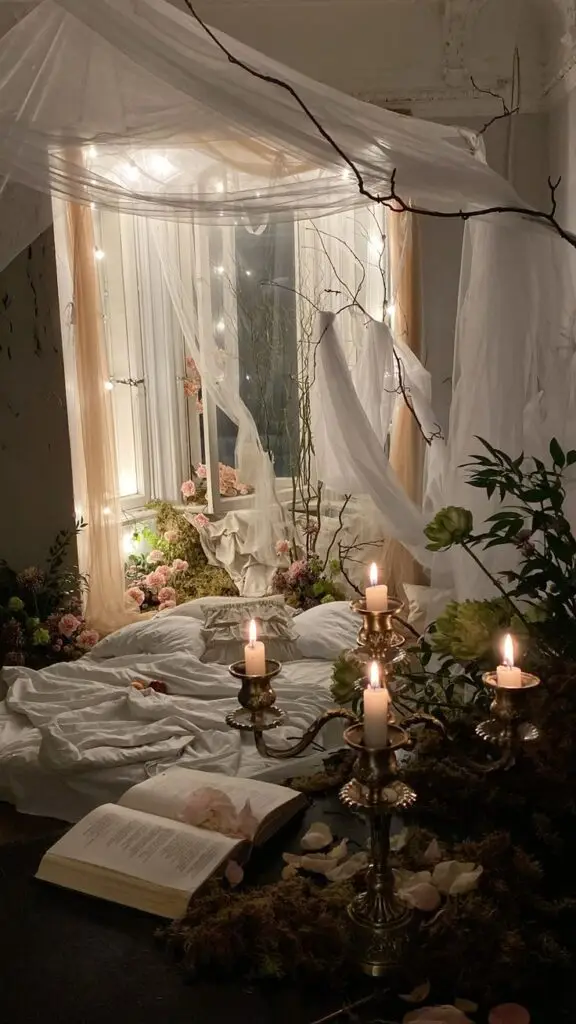
Assessing the Quality of Vintage Furniture
When buying vintage furniture, assessing quality is crucial. Focus on construction, upholstery, and authenticity. Each of these elements influences the value and longevity of your purchase.
Inspecting for Solid Construction
Examine the furniture for solid construction. Look for dovetail joints in drawers, which indicate craftsmanship and durability. Check for solid wood, as it generally withstands wear better than particle board or veneer.
Feel the weight of the piece; heavier items often point to quality materials. Inspect joints and connections for tightness and stability. Be cautious of signs of damage, like wobbling or cracks. Minor imperfections can add character, but significant flaws may indicate future issues. Always prioritize quality pieces that stand the test of time.
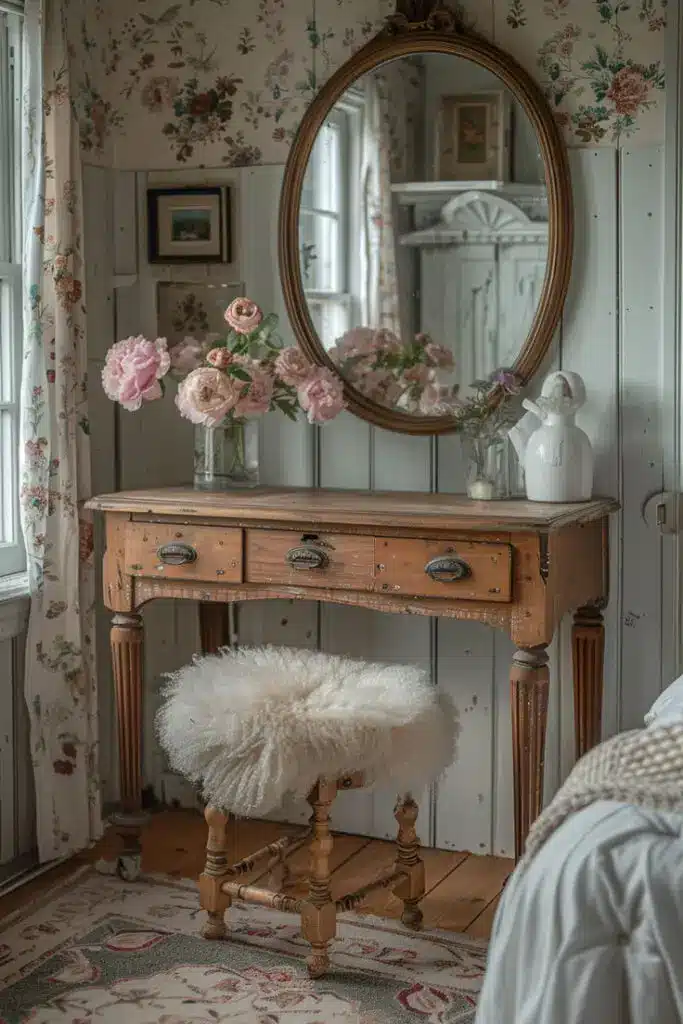
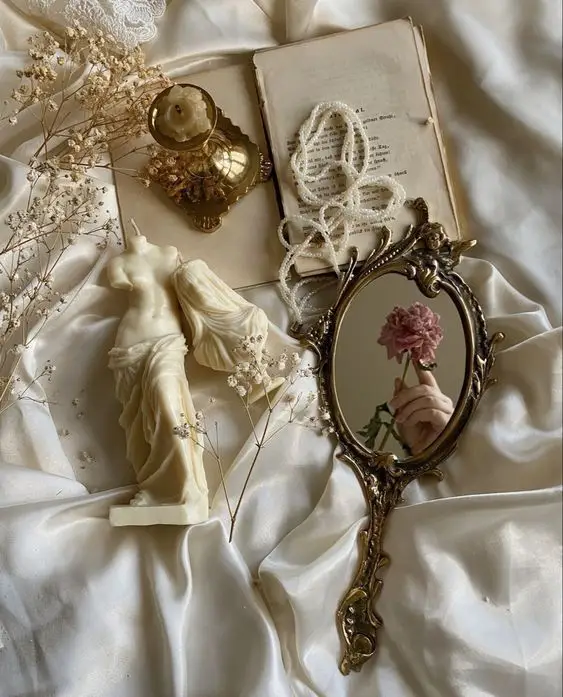
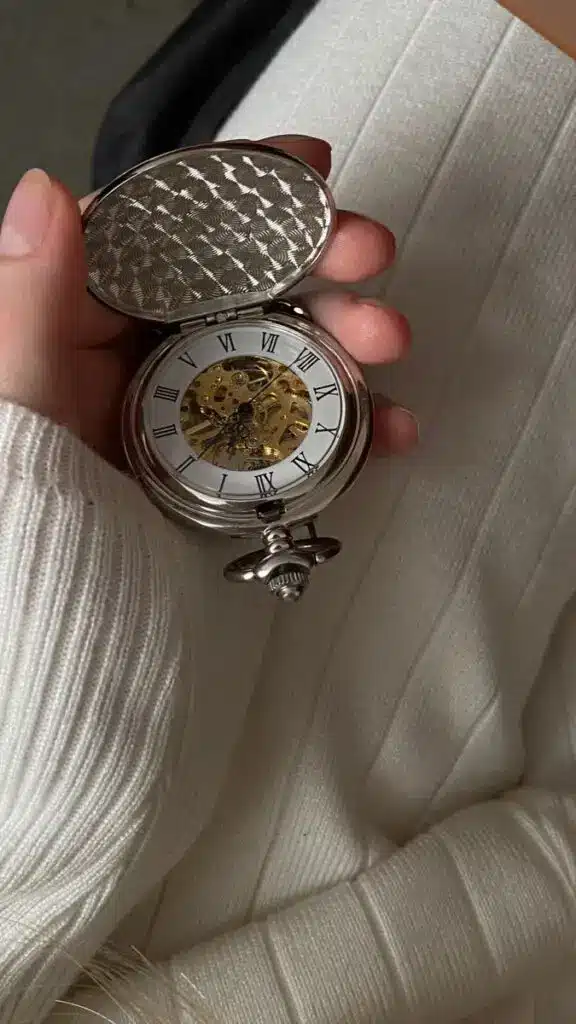
Recognizing Quality Upholstery
When looking at upholstered furniture, assess the quality of the fabric and craftsmanship. Good upholstery should feel sturdy yet comfortable. Check for uniform stitching and patterns that align seamlessly. Loose threads or seams could signal a need for reupholstering.
The cushioning should ideally be made of high-density foam or natural materials like down, ensuring both comfort and durability. If the piece needs reupholstering, factor that cost into your budget. Quality upholstery not only enhances aesthetics but also impacts your furniture’s lifespan.
Identifying Authenticity vs. Reproductions
Distinguishing between authenticity and reproductions is vital for value. Check for markings or labels from renowned manufacturers, which can indicate provenance. Research about specific eras can provide context on styles popular at the time.
Be wary of pieces that claim to be vintage but show evidence of mass production. Signs such as synthetic materials or assembly line techniques often suggest a reproduction. Familiarizing yourself with characteristic features of original items will serve you well in making informed decisions.
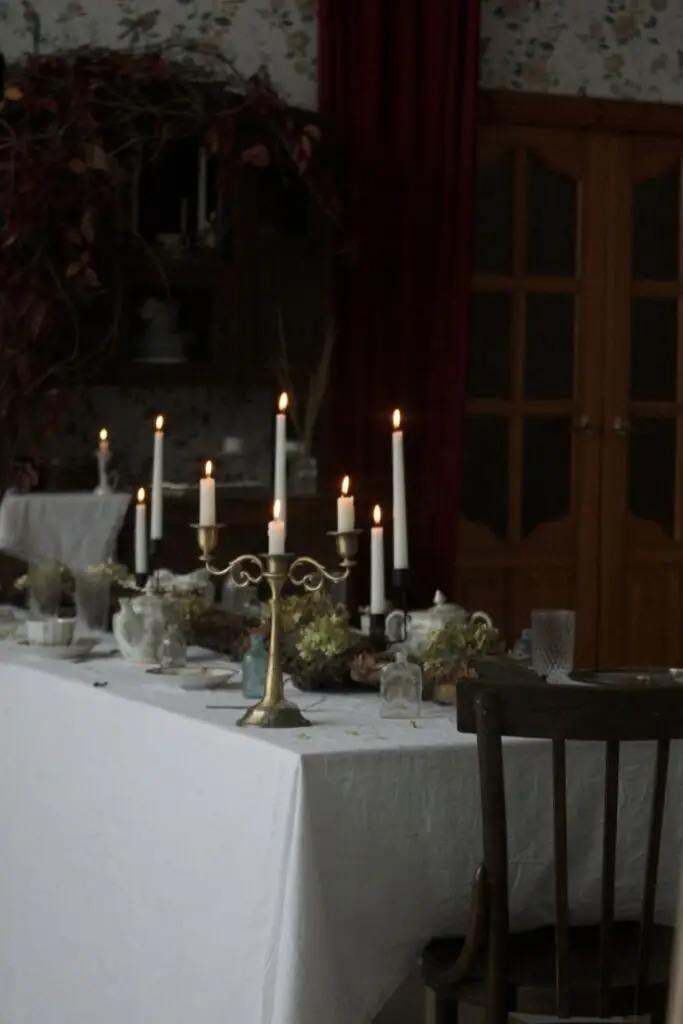

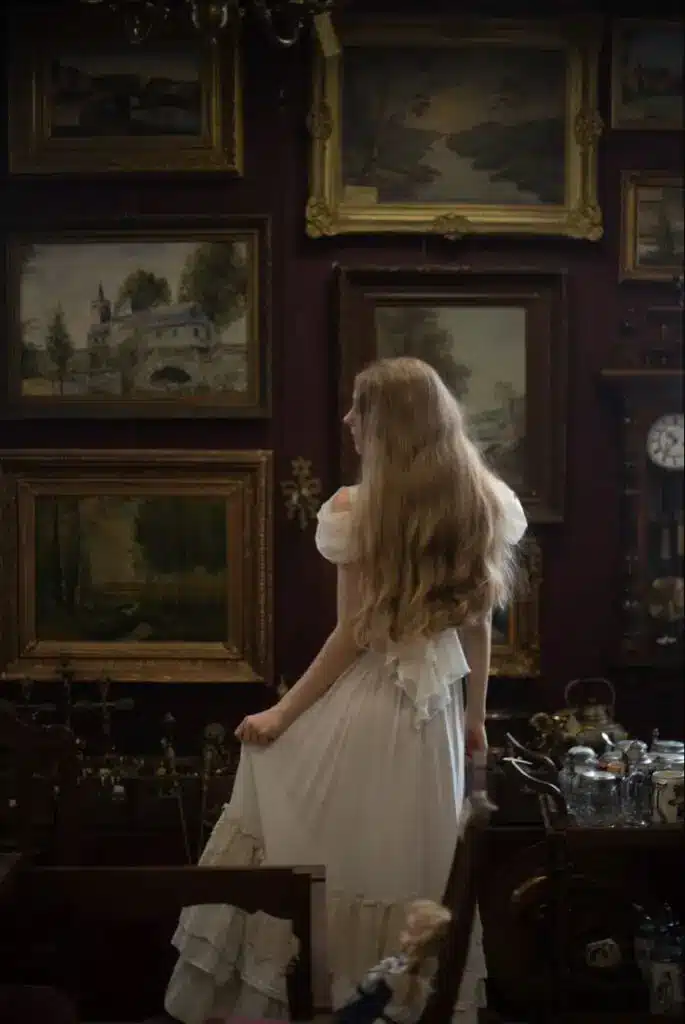
The Art of Acquiring Vintage Furniture
Acquiring vintage furniture requires a refined approach that balances negotiation skills, careful evaluation, and ongoing care. This process ensures that you make informed decisions and truly appreciate your unique finds.
Negotiation Techniques
When it comes to buying vintage furniture, negotiation is crucial. Start by researching the item’s market value to understand a reasonable price range. You can compare similar pieces online or consult local dealers.
When negotiating, express genuine interest and provide a rationale for your proposed price based on your research. It can help to build rapport with the seller, making them more amenable to your offer.
Be prepared for counteroffers and have a maximum budget in mind. If you trust your gut feeling about the value of the item, stand firm. You might find that simply showing confidence can lead to a better deal.
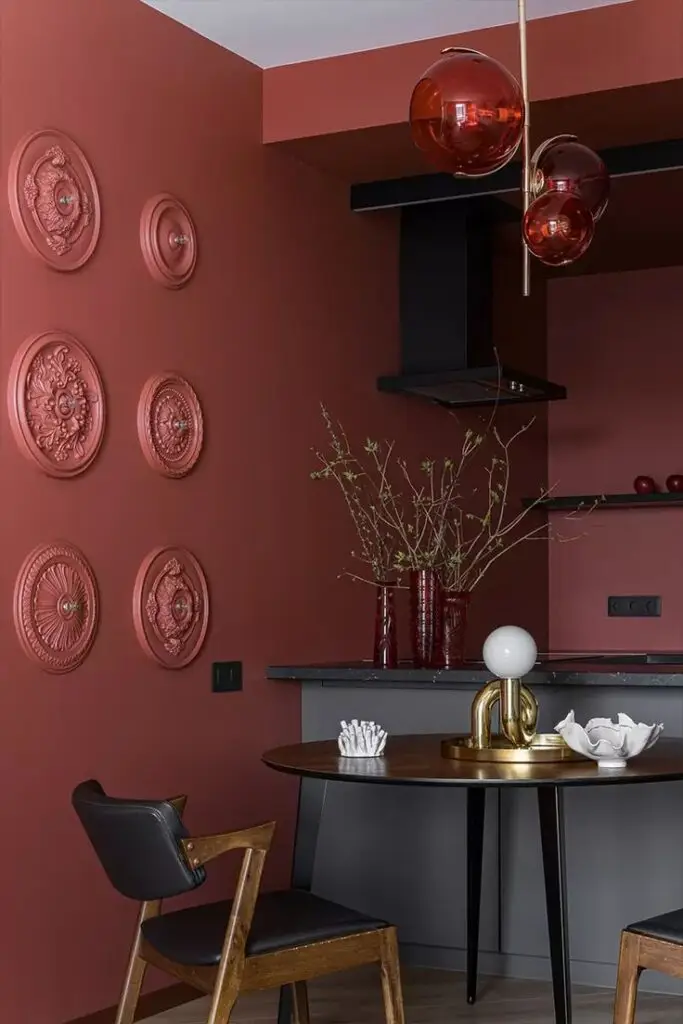
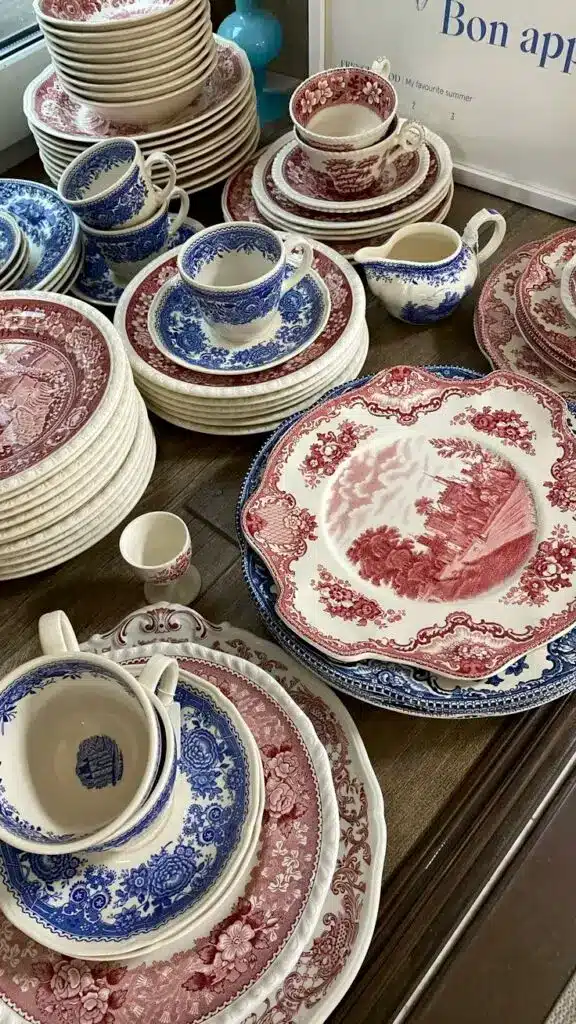
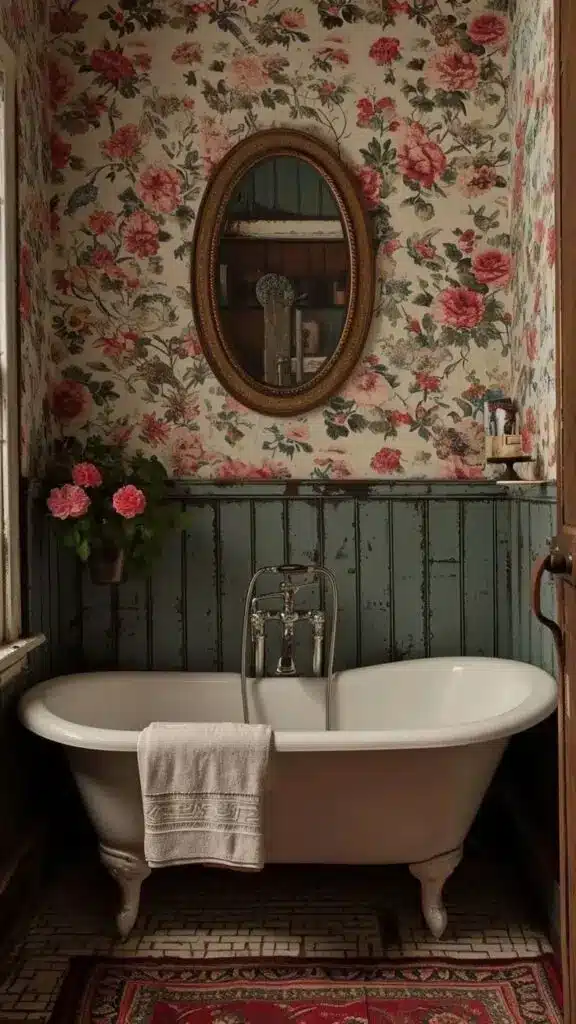
Evaluating and Documenting Your Purchase
Before finalizing a purchase, thoroughly evaluate the item. Check for any damage or wear that could affect its value or usability. Use a measuring tape to ensure that it fits your space. Ensure the piece aligns with your home decor style.
Proper documentation is essential. Keep receipts or invoices that specify the item’s history, including age and previous ownership. This information enhances the item’s story and potentially its value over time. Additionally, take photographs for your records that can assist in future resale if desired.
Caring for Your Vintage Finds
Once you’ve acquired your vintage furniture, proper care is vital to preserving its integrity. Regularly dust your pieces with a soft, lint-free cloth to prevent buildup. For wood surfaces, use specific cleaners that are safe for vintage items.
If any refinishing or touch-up work is needed, proceed cautiously. Test products on a small, inconspicuous area first. Additionally, consider the environment where the furniture is placed; extreme temperatures and humidity can affect it adversely.
For vintage lighting, check wiring and bulbs to ensure safety. With these care strategies, you can maintain the beauty and functionality of your vintage finds for years to come.


